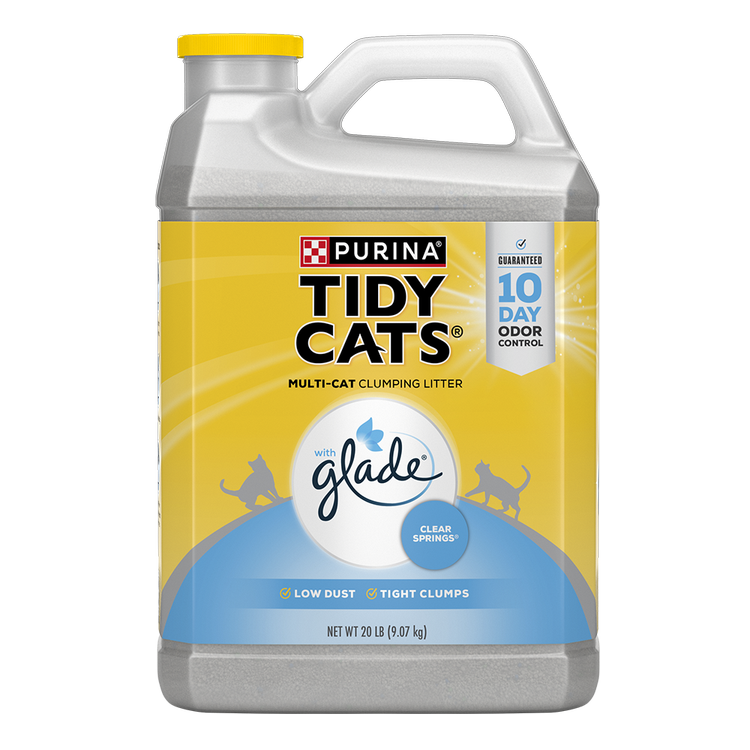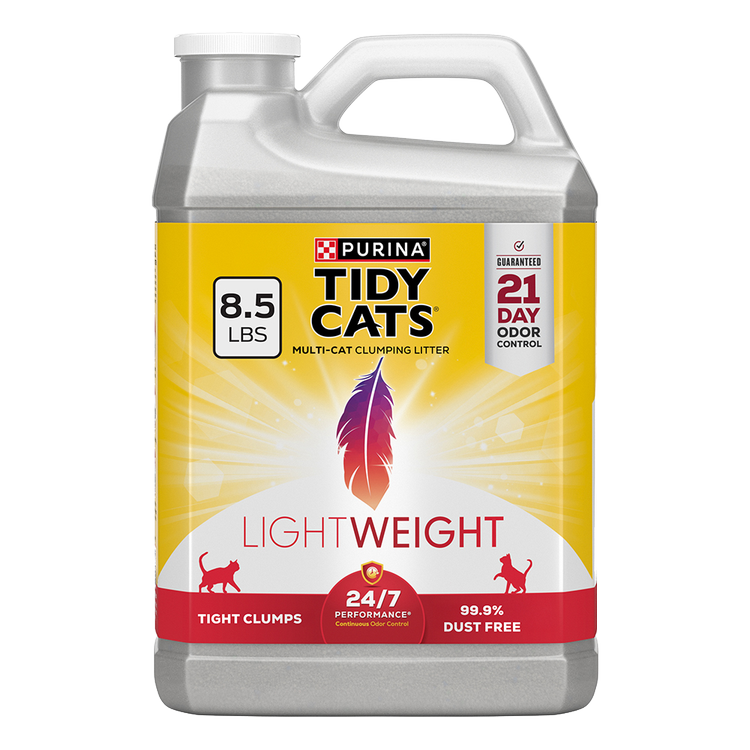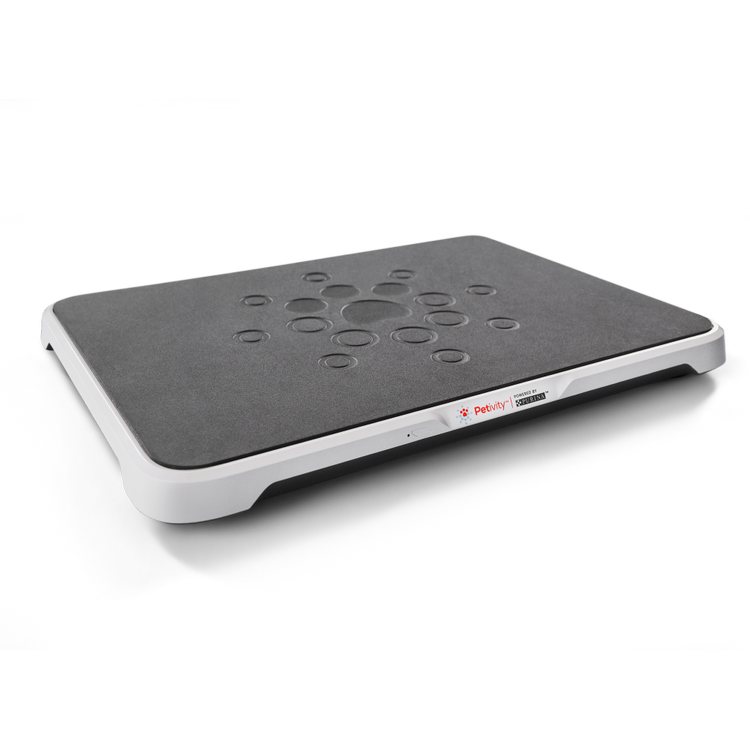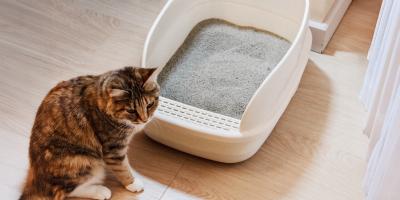How Often Should You Clean the Litter Box?


Knowing how often to clean your cat’s litter box can be challenging. You may not know when your pet has done their business, and it’s just not realistic to constantly check for wet litter and feces.
Fortunately, there are some general guidelines about how often to change cat litter that work for many pet owners. Also, remember cats appreciate good litter habits, and will usually let you know by rejecting the box if it fails to meet their standards.
Avoid messes and unsavory smells by following these tips.
Litter Box Best Practices
To create an organized and consistent cleaning schedule, first make sure your feline can use the litter box by properly setting it up. Here are some recommendations:
- Start with training. If you haven’t done so already, train your cat to use the litter box.
- Be thoughtful about placement. Place the box in an area that’s accessible to your cat. The space should be as quiet and private as possible.
- Choose your cat litter. Clumping litter can be removed fairly easily, which may make for more efficient cleaning. Non-clumping litter is known to absorb odors well, but neglected urine can soak through to the bottom of the box. You may have to clean the entire box more often.
- Use a tray for excessive scratchers. If your feline prefers to scratch in the litter before going, place a tray or mat under the box to catch it before it covers your floor.
Recommendations for How Often to Clean the Litter Box
If you’re wondering how often to change cat litter, try these helpful tips:
- Scoop waste daily. If it helps, do this at the same time every day. In the morning? Before bed? This will help ensure it regularly happens. Plus, both you and your cat will be happy the box is always clean.
- Replace the litter you remove. After you remove the soiled areas, don’t forget to replace them with a comparable portion of new, clean litter.
- Clean the whole box once per week. Change the litter completely and wipe the box down with soap and water to keep things fresh. Save any unused litter for future use.
- Avoid household cleaners. It may be tempting to deep clean the box with an industrial-strength cleaner. The problem is many of these products are scented and cats are very sensitive to smell. The scent of citrus, ammonia and vinegar are unappealing to them and may cause them to avoid the litter box.
- Keep enough litter for digging. Many felines prefer to dig as part of their bathroom ritual. Two to three inches of litter for non-clumping and three to four inches for clumping should do the trick.
Other Litter Box Cleaning Tips
Knowing how often to change a litter box is key, but here are some other things to keep in mind to make the process as clean and efficient as possible.
- Think twice about plastic liners. Some pet owners prefer to line the litter box with plastic to make removing litter easier. Remember, however, many cats like to scratch at their litter. The clawing can shred the plastic, which makes scooping difficult. The used litter may also fall through holes and become stuck or hidden underneath.
- Keep your cleaning supplies handy. Save yourself a little time and effort by storing cleaning tools close to the box. And don’t forget to clean these on a daily basis.
- Place a small, lined trash can nearby. Keep the transportation of soiled litter as quick and easy as possible. Replace the bag from the can often to avoid smells.
- Don’t flush used litter. It can clog your pipes and potentially contaminate the water supply.
- Try a paint scraper. With its sturdy edge and manageable size, a paint scraper can be a more effective tool than a standard litter scooper when it’s time to completely clean out the box.
- Avoid litter box odors. To eliminate odors, mix a little baking soda in with the litter.
- Consider reusing plastic bags to scoop. One environmentally conscious way to scoop soiled litter is to reuse a plastic grocery bag, like how you might pick up after a dog.
- Practice good hygiene. Always wash your hands after handling litter and cleaning the box.
There is no exact science for how often to clean a litter box, but with daily scooping and regular deep cleans, you can keep your home tidy and your cat happy.
For more tips on caring for your feline, get insight from our experts on our Pet Expertise page.

Unlock Cat Health Insights with Petivity
The Smart Litter Box Monitor tracks your cat’s litter box behavior & weight—and alerts you when changes could require a vet visit.






